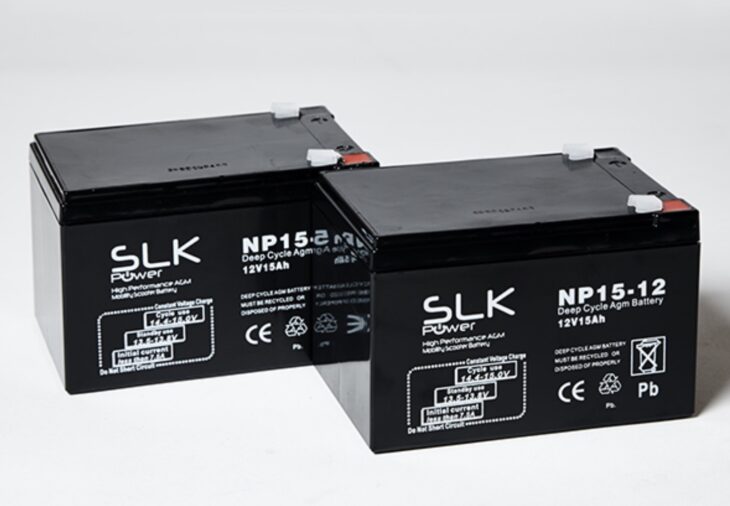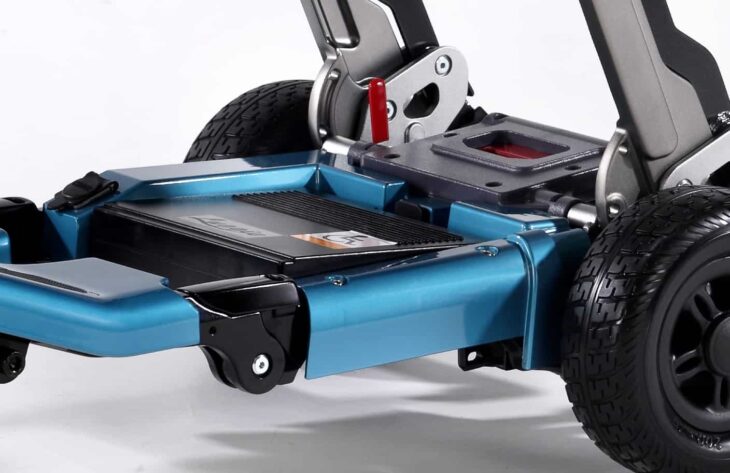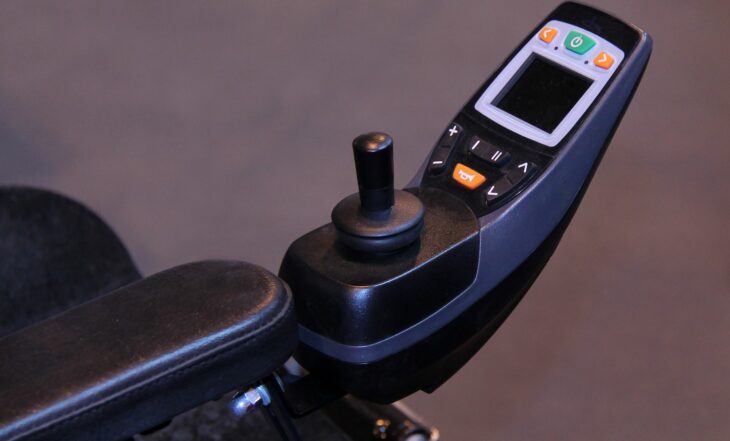Mobility scooters are electrically powered and are not only a great form of transport for people who are infirm, not able-bodied, or recovering from an illness or accident. They also tick all of the environmental boxes. Some scooters can be used on the road, and their green credentials are right up there with the best of the new electric vehicles.
Scooters are powered by a battery or batteries and, just like an electric car, need to be recharged before they can be used again. Most people have a designated place where they keep the scooter, which is close to a power source, making it easy to park and plug in and then just forget about it. If you charge overnight with access to low-cost electricity, then the costs are minimal. If you take care of your batteries, then the scooter will take care of you. Here is some information about how they work with guidance on the best care and answers to some of the most frequently asked questions from SLK Mobility.
Contents
When you first bring your new scooter home
The dealer or lease company should have ensured that the batteries have already had a full charge but always plug it in and charge it until they are ready just in case something has depleted the charge like a delay in transportation.

Source: slkmobility.com
The early life of the battery
The batteries used on mobility scooters are called either ‘traction’ or ‘deep cycle,’ and they intentionally start with a very low capacity. As they are used – charged, discharged, recharged – over a period of time, the available capacity and therefore, power will increase. So, in the scooter’s early life, it may appear to have a shorter range than advertised anywhere from 60% to 100%, depending on the usage. As the charging cycles progress, this range will build, so you may go from around half capacity to full capacity over a period of about 15-20 recharges. This is perfectly normal and should be explained to you when you lease or buy the scooter.
Many people think there may be something wrong with the battery or the scooter when the frequency of charging and the range are disappointing in those early days. Equally, if the scooter has not been used much in those first few weeks, it is easy to then find that the range is disappointing and think there may be something wrong with the battery due to lack of usage. This is simply the design and reflective of its usage – it is not a fault.
What other factors can affect the range of the battery?
There other issues which can affect the range of the battery these can include:-
- The weight of the scooter
- The type of terrain it is on and how hard it is working – uneven ground or hills
- The weight of the user
- Incorrect or incomplete recharging
- Tyre pressure on the scooter
- Ambient temperature – temperatures over 35 degrees Celcius or below freezing will affect the battery range

Source: Luggie Scooters
Do the batteries come with any form of warranty?
If you are leasing or hiring a scooter, then the lease or hire company will usually manage any battery failures or replacements as part of maintenance and repair under your contract but always read the terms carefully to be sure. On sale on a new scooter, most dealers as keepmovingcare.com usually offer a warranty of one year against manufacturing defects. If you are buying a pre-used then check this carefully with the seller. If you buy privately and the scooter is still relatively new, and the paperwork is available, then you will receive the benefit of any remaining term on the warranty.
With average usage, you can expect a battery lifespan of about eighteen months, but light usage may allow up to three years. Light usage would be considered a couple of outings per week in relatively unchallenging conditions and heavy usage could be classified as daily usage on long journeys.
Can a battery be transported by air?
If you are taking your mobility scooter abroad with you, then you will need to check the battery status. Most batteries are suitable to be transported on an aeroplane but may need to be accompanied by an IATA certificate – International Air Transport Association – or marked with a sticker on the top to explain it is compliant with air travel regulations. If you are only going abroad for a short time, then it may be easier to hire a scooter in your destination country.

Source: Yellow Scooters
Top Tips for battery care
- Never allow it to run down completely flat so take care not to leave on the lights or any other equipment when you have finished using the scooter
- If you use it regularly, get into the habit of always charging it after daily or regular use
- Occasional users should always charge it before use and after use
- If you put it into storage for any period of time, charge the batteries fully and then disconnect them. If you have access to the scooter, then check and recharge it monthly or ask someone to do this for you
- Never disconnect the charger until the charge is complete, an indicator light will come on to evidence this
- When fully charged, always unplug the charger from both the scooter and the power source; some chargers can start draining full batteries if they are left plugged into the scooter even if they are switched off or unplugged from the mains
- If you need to dispose of an old battery, then your dealer may be able to do this for you, depending on whether you are still under warranty or not. Otherwise, they should be able to advise you how to dispose of it safely or speak to your local council to find out what facilities they have available.
The battery is the ‘fuel’ for your mobility scooter, take good care of it.
